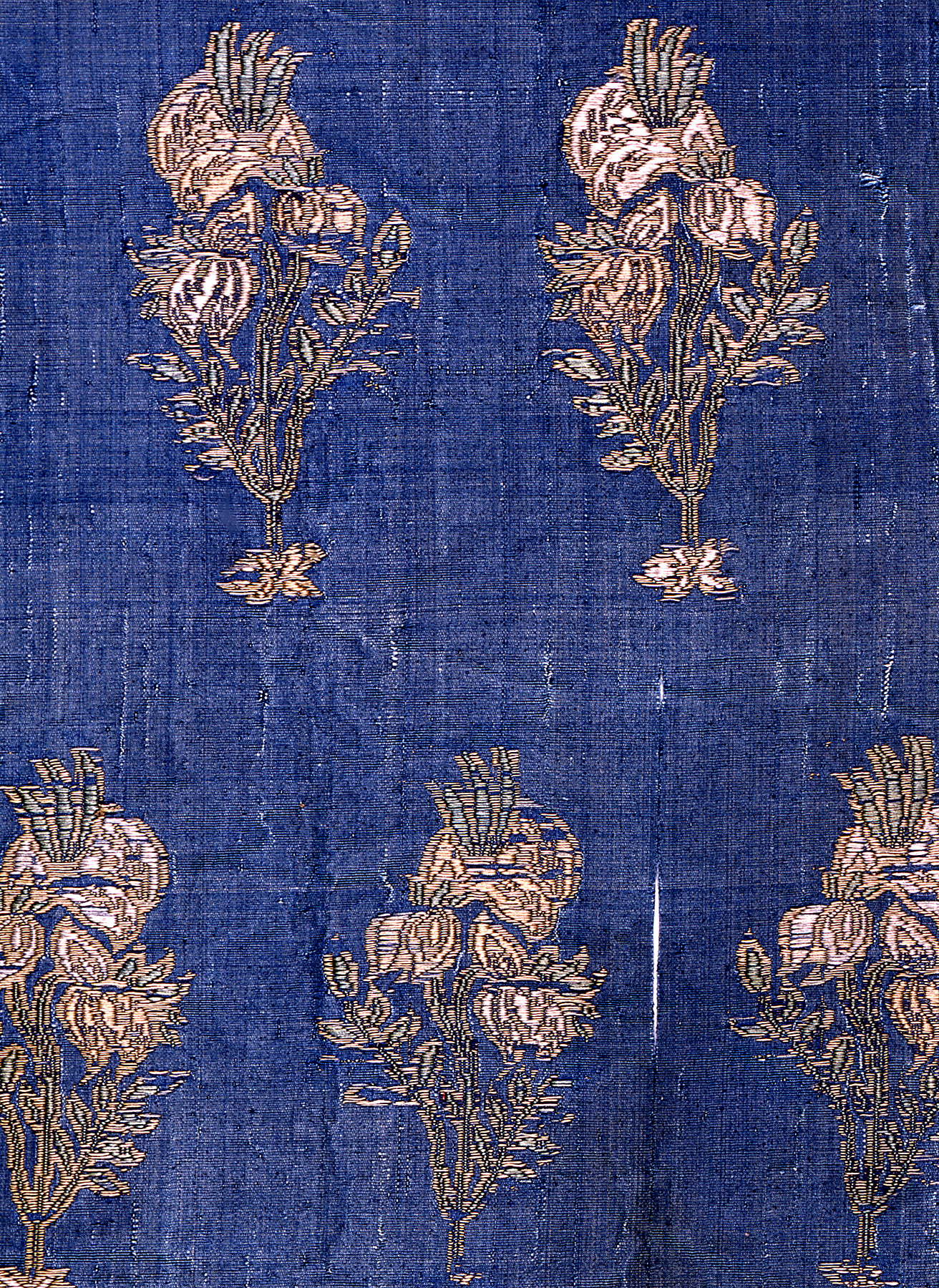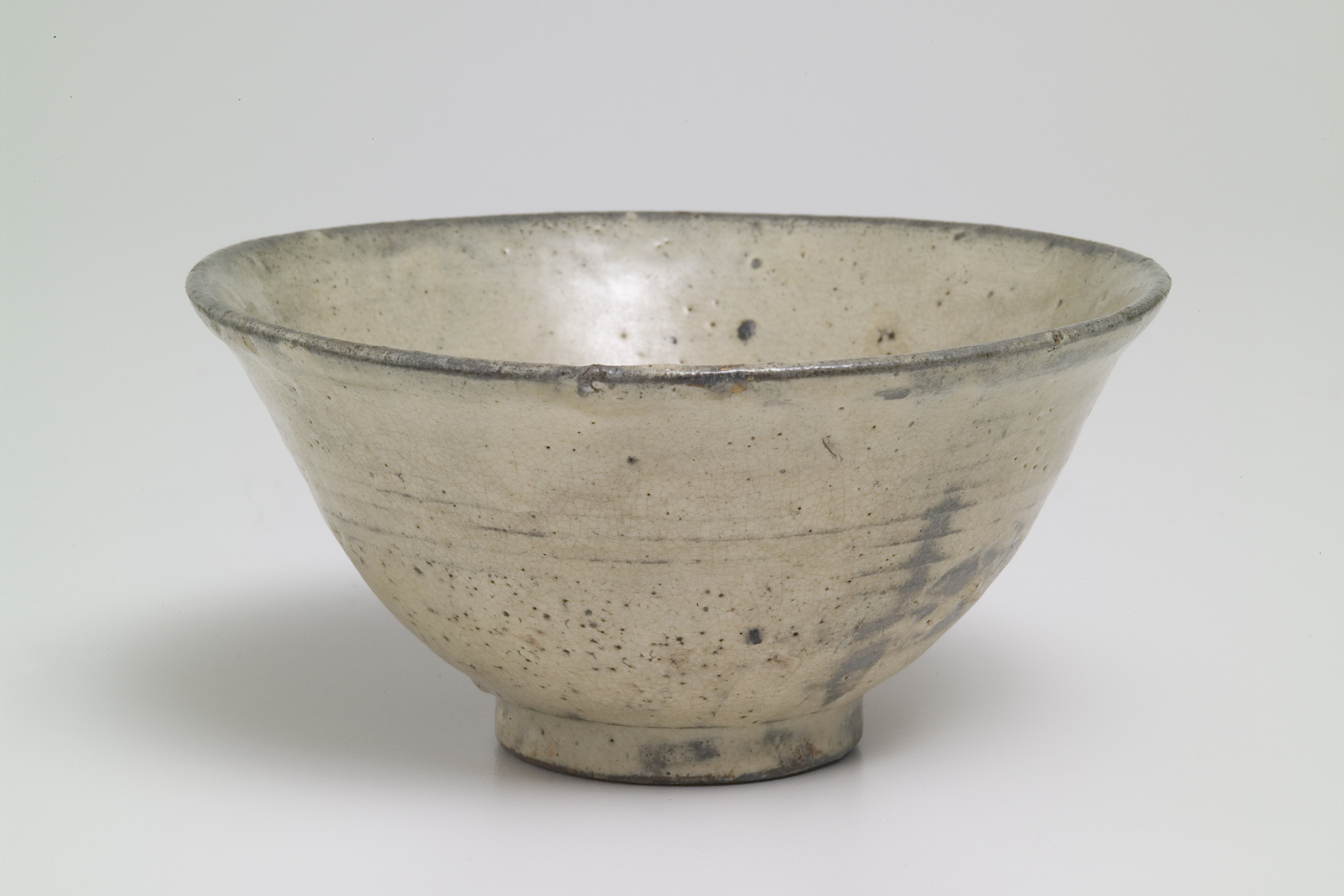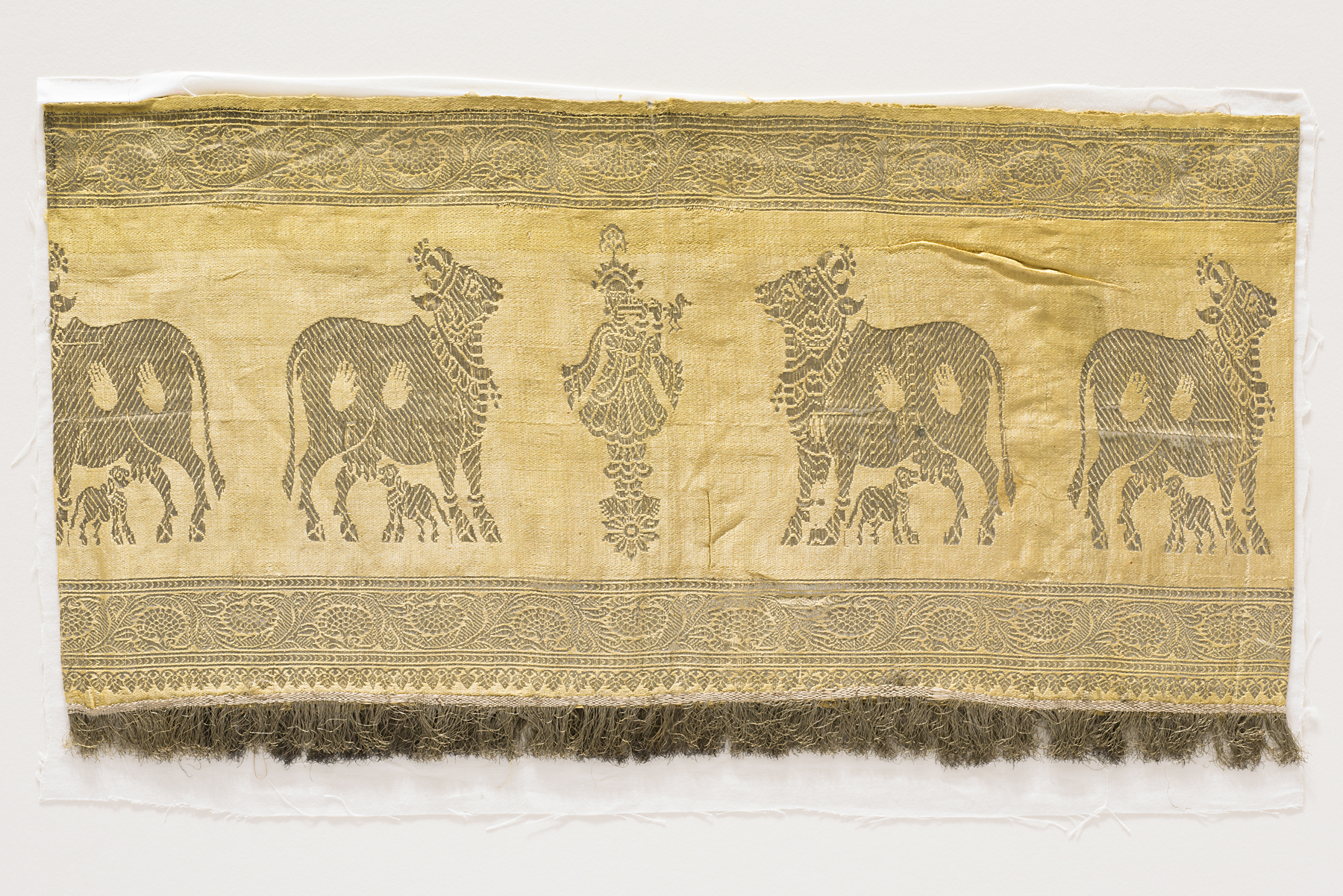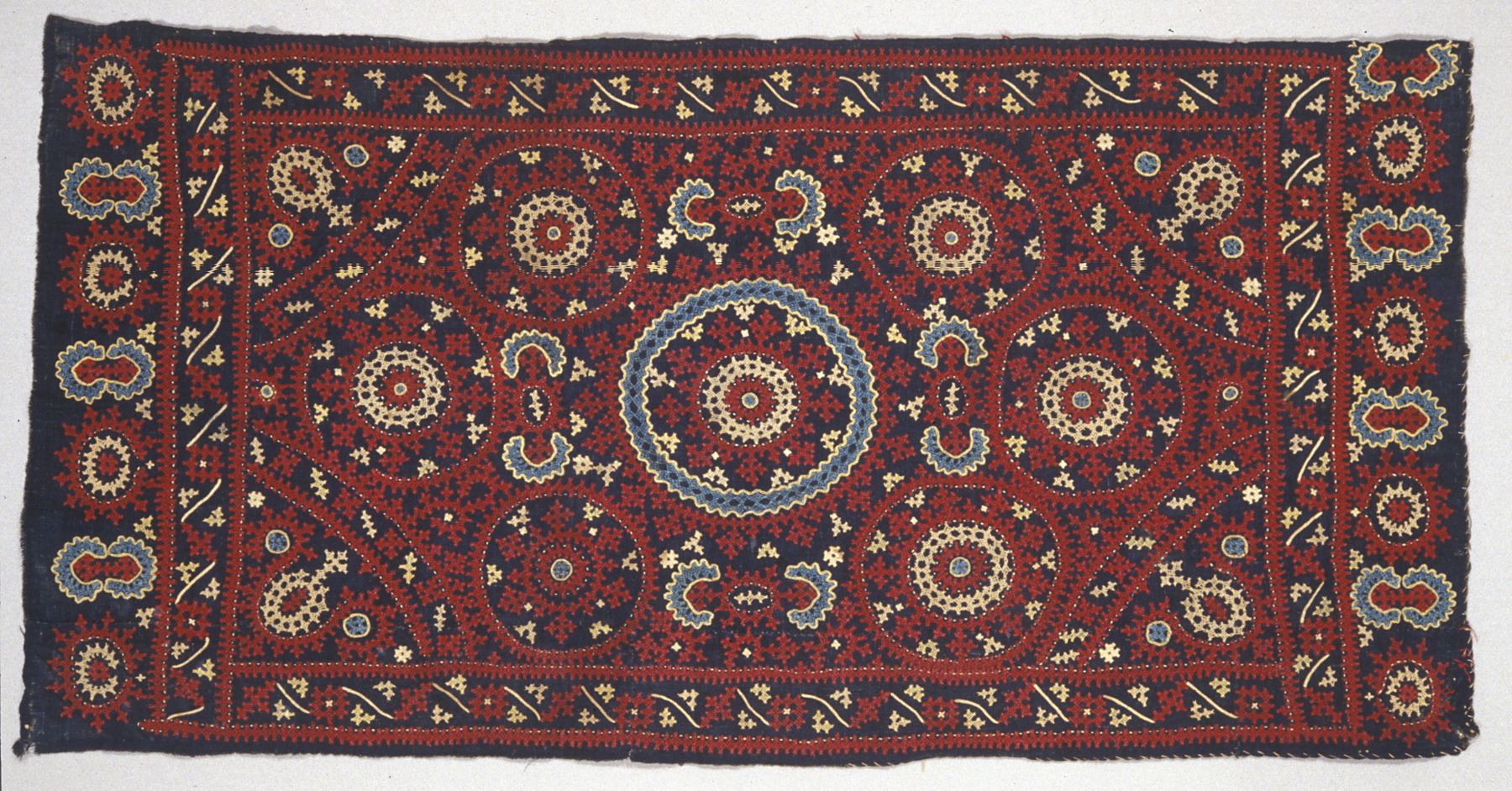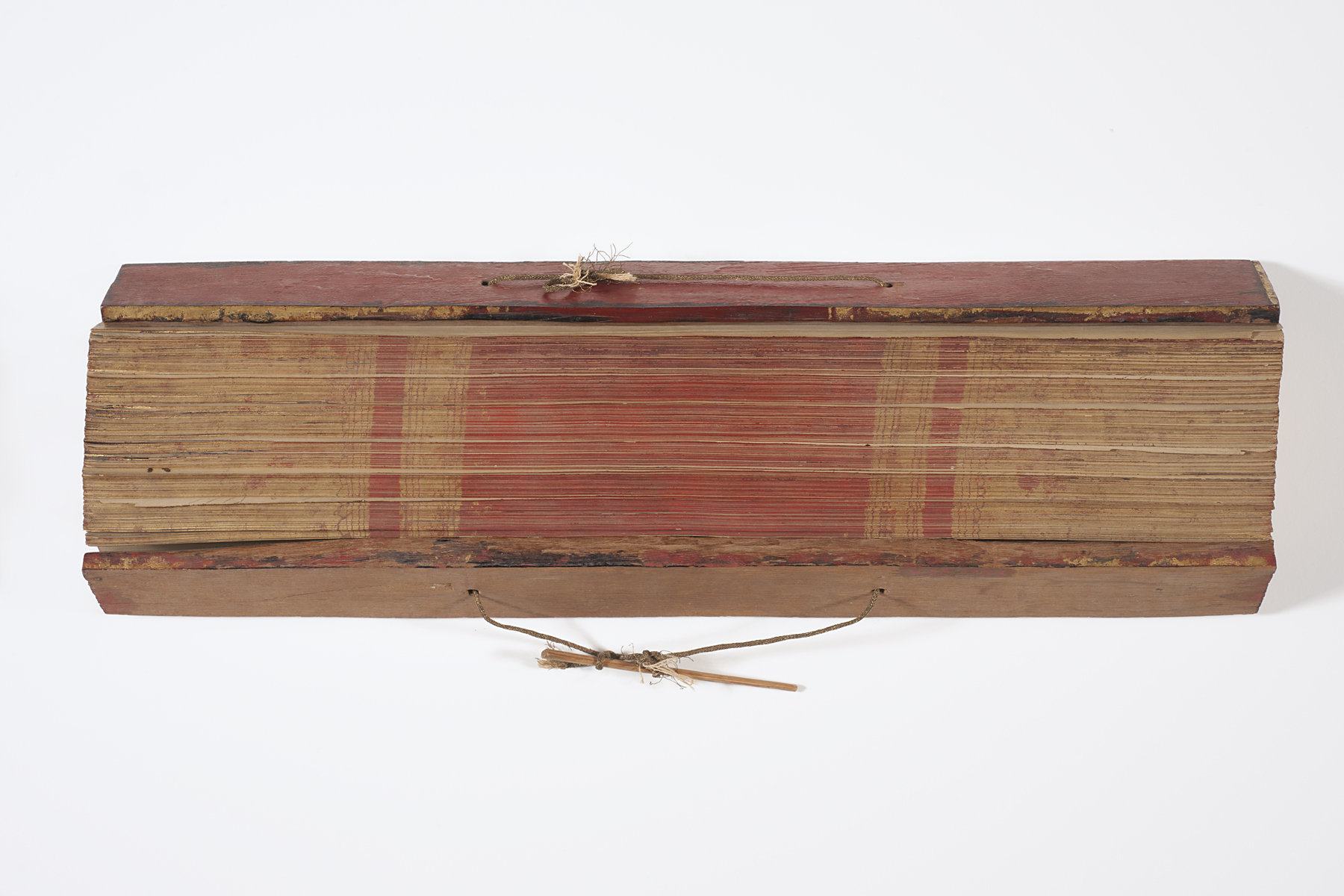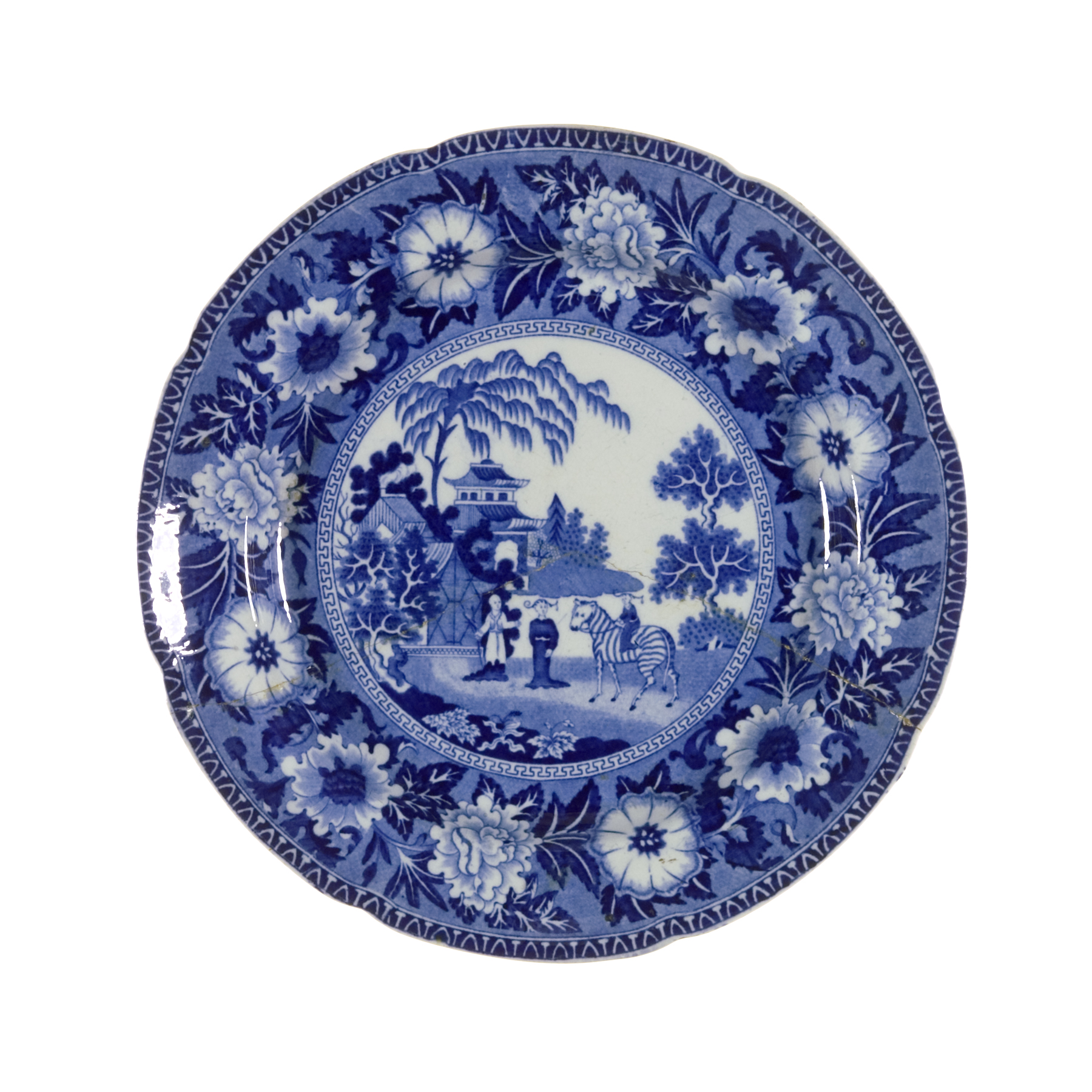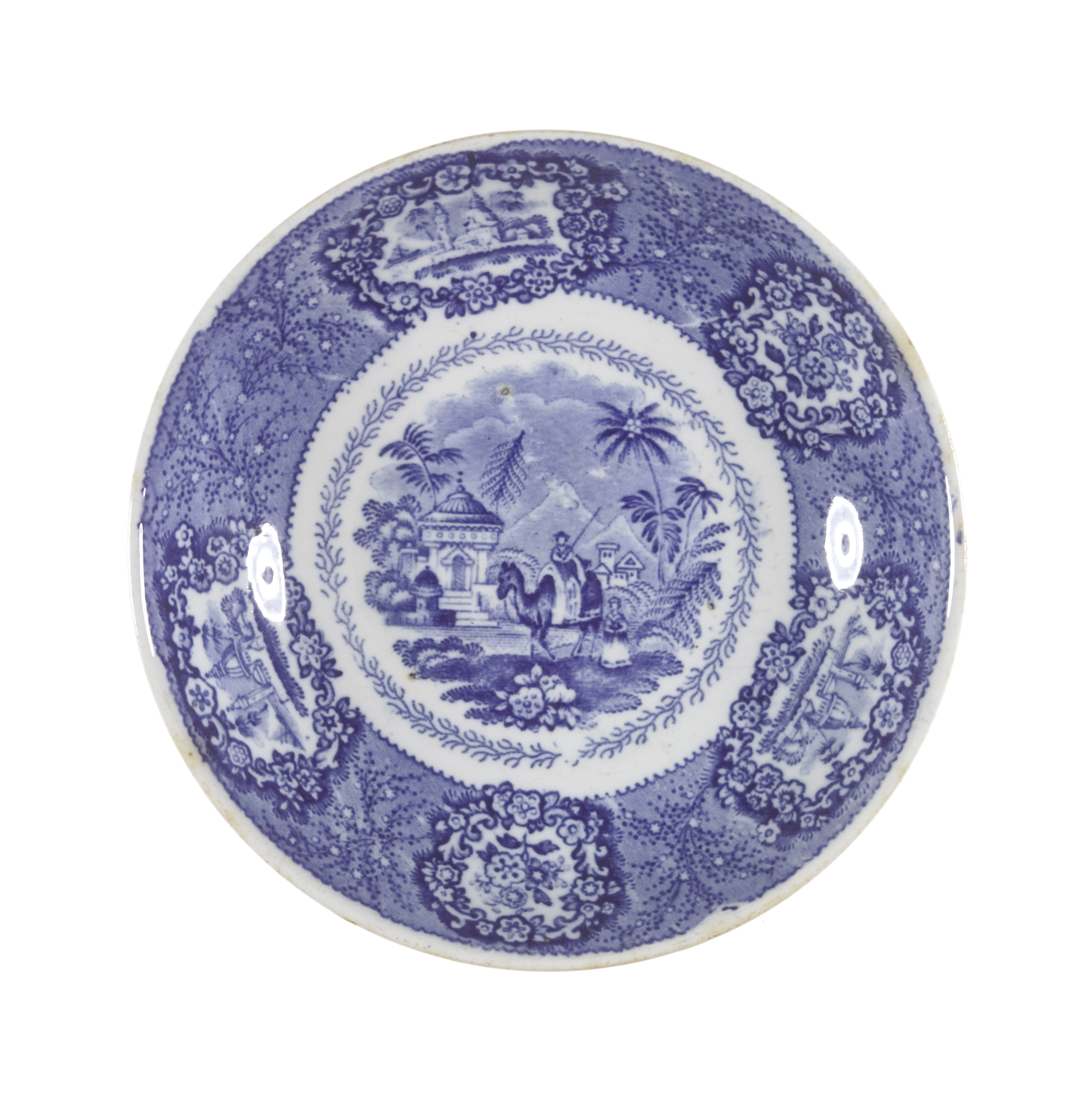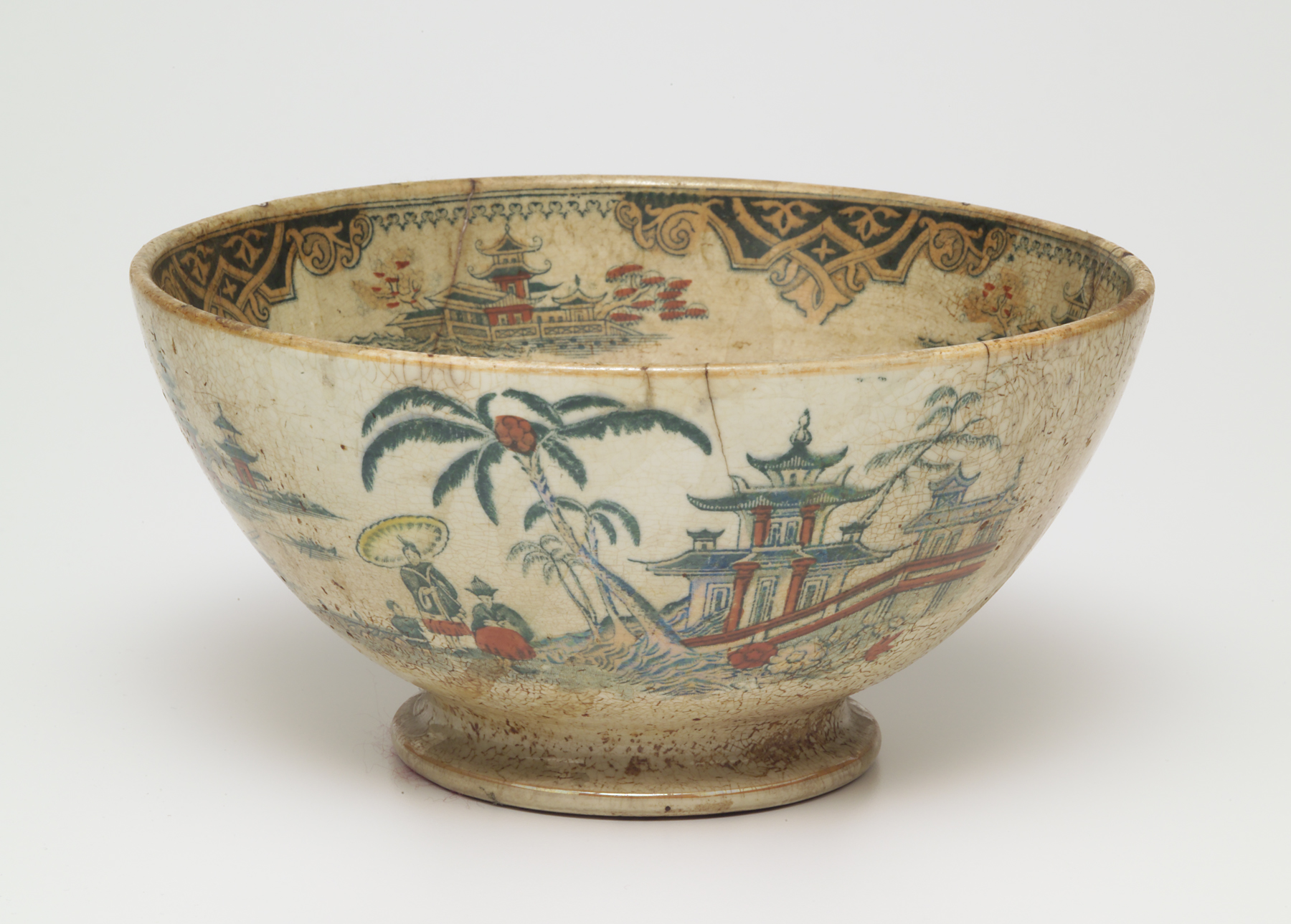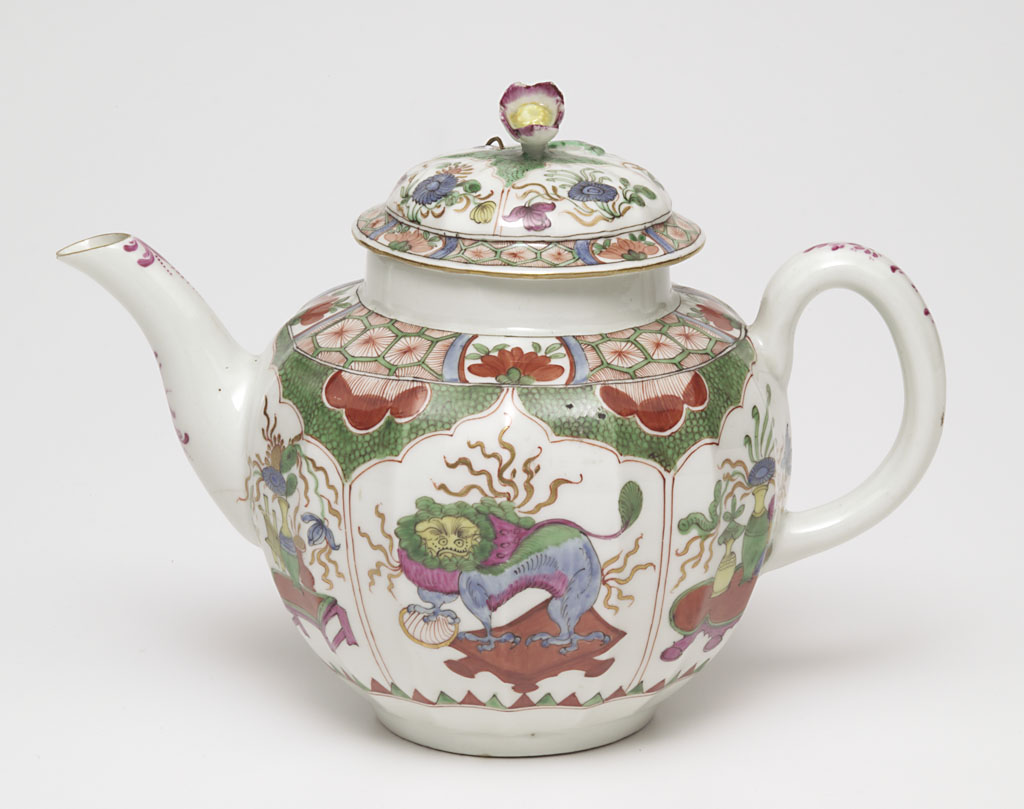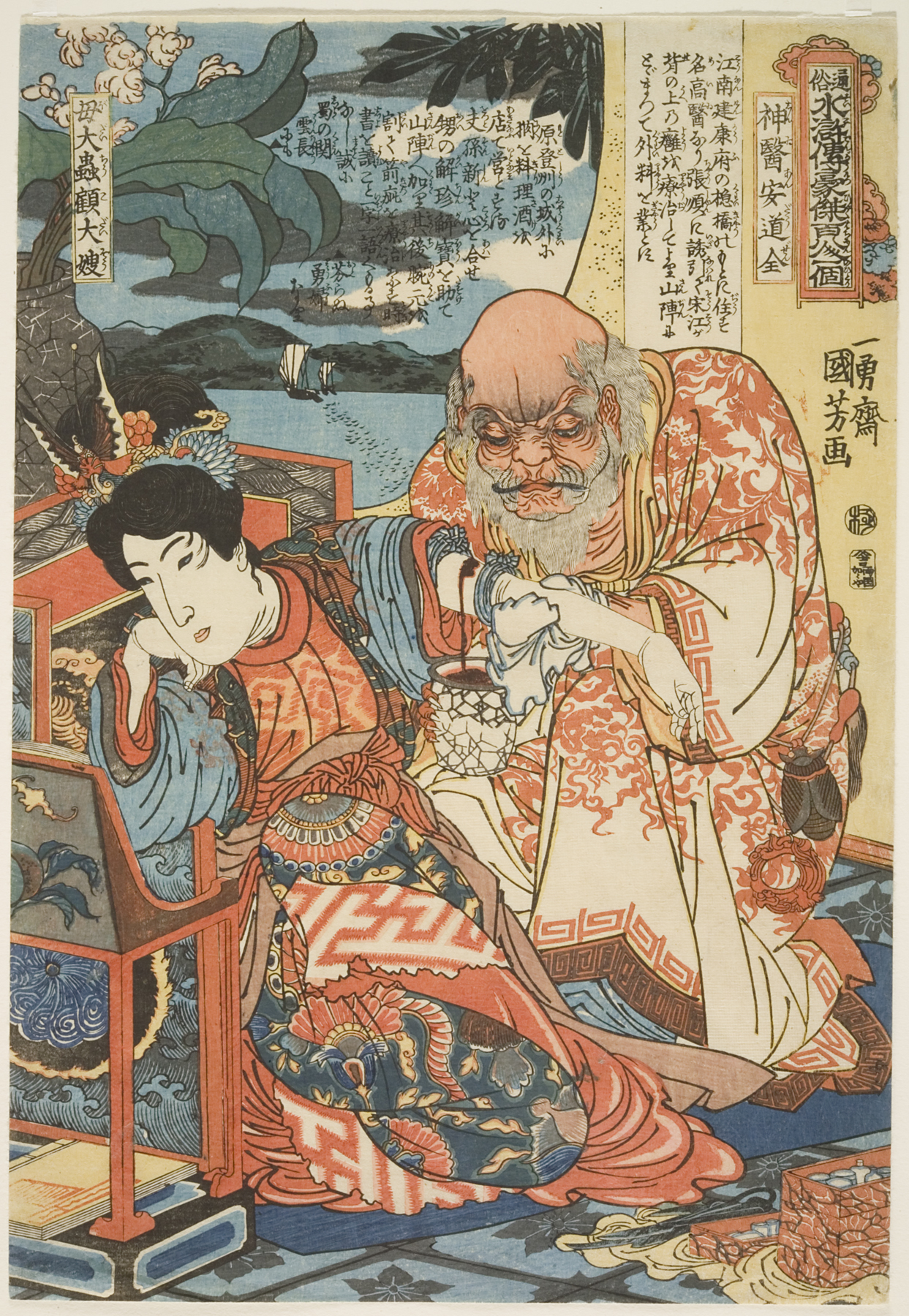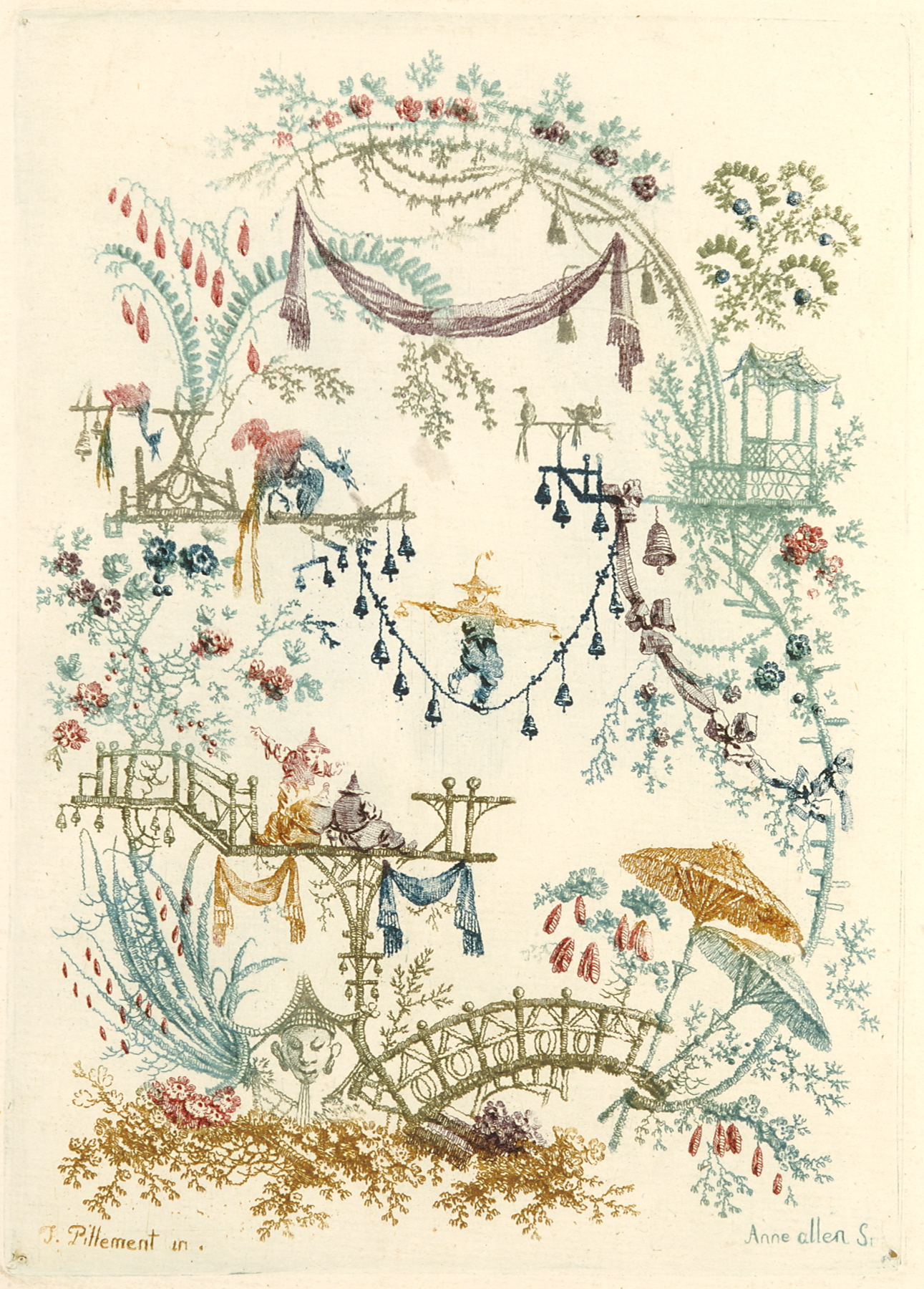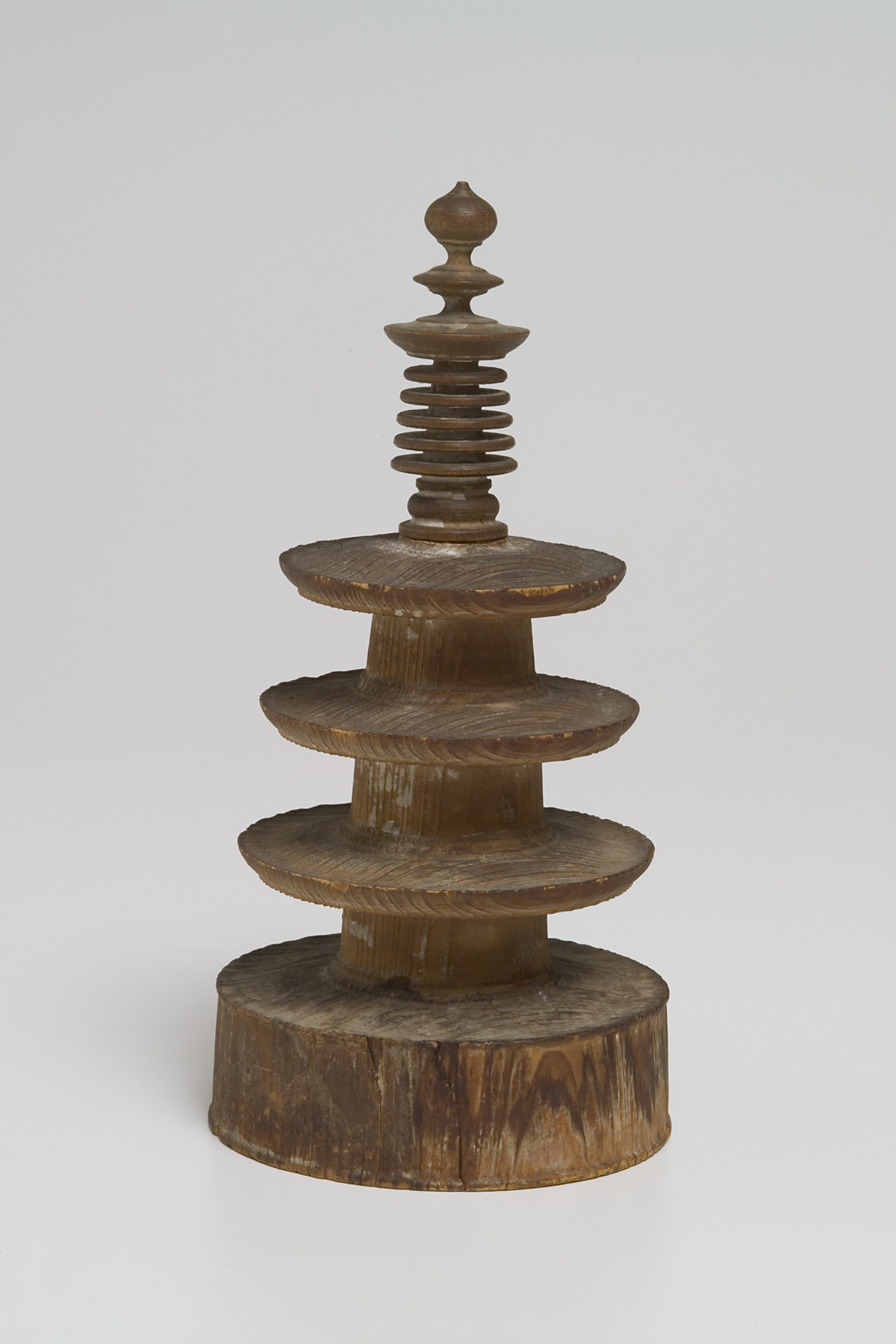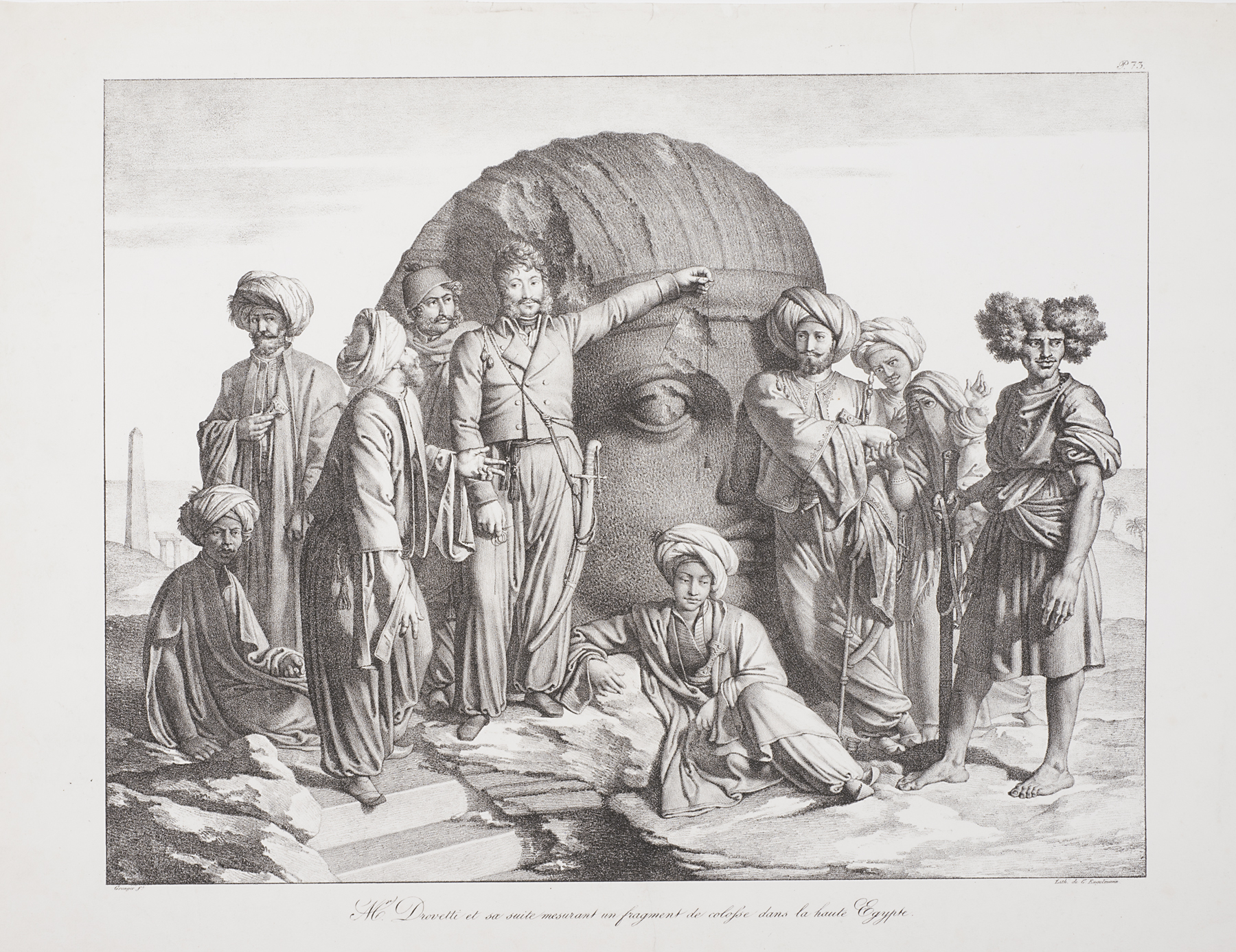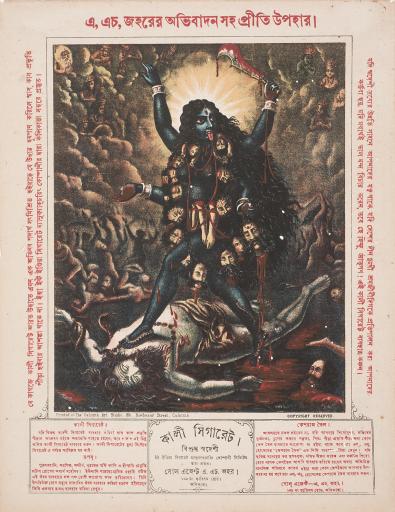Interweaving Cultures along the Silk Road(s)
Exhibition Overview

Kate Meyer, curator
This virtual exhibition is organized in conjunction with the symposium “Visual and Material Culture of the Silk Road(s).” It features objects from the Spencer Museum of Art that reflect historical and contemporary cultural influences related to the Silk Road, a 19th century term for the different trade routes that flourished between Europe and Asia from the 2nd century BCE to the mid-15th century.

